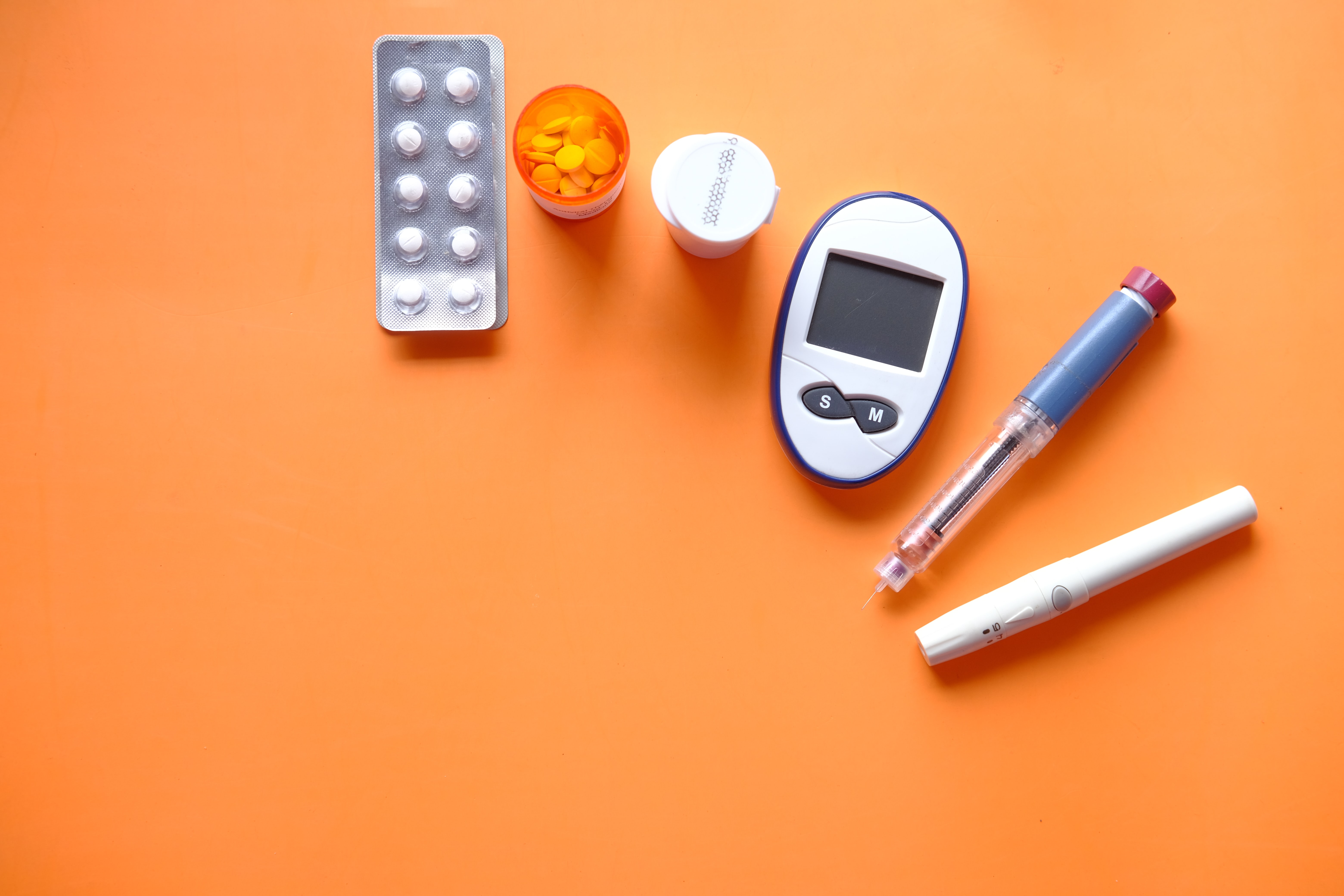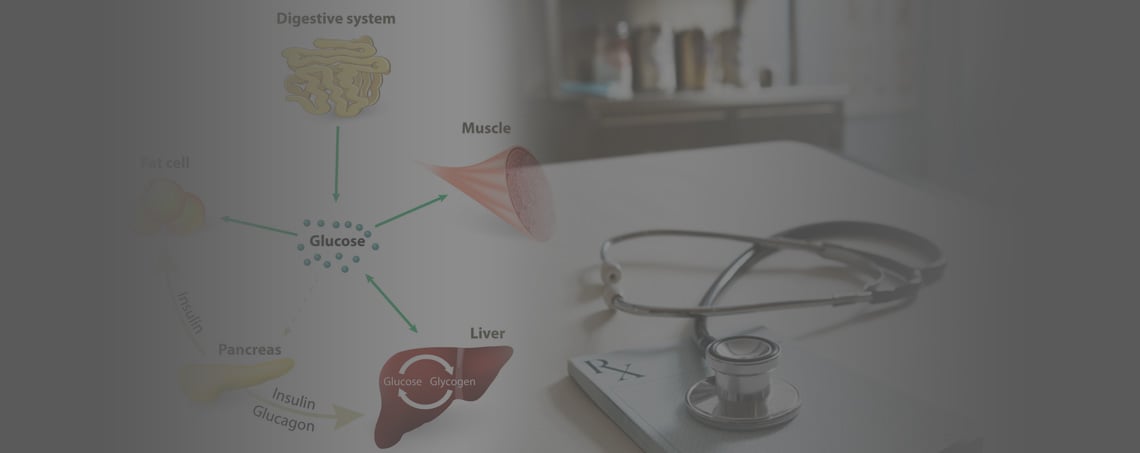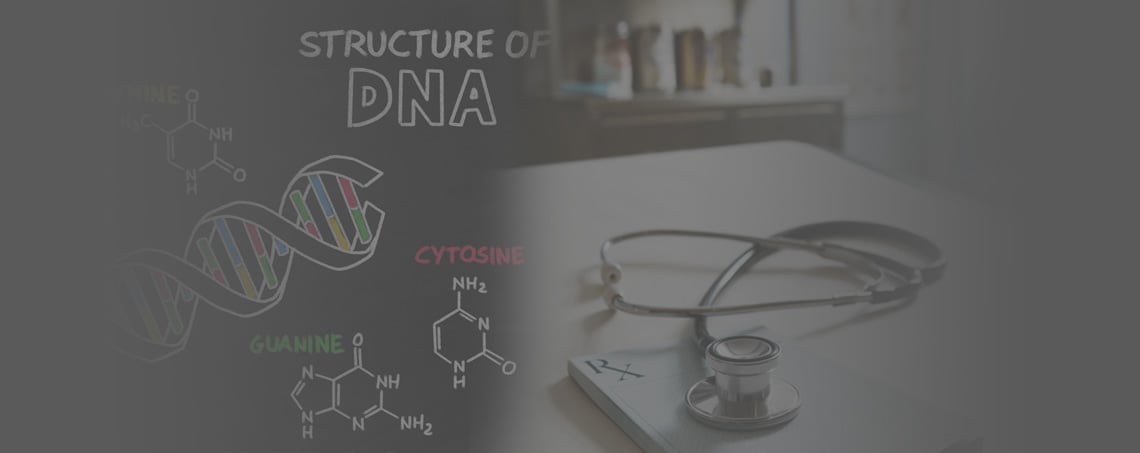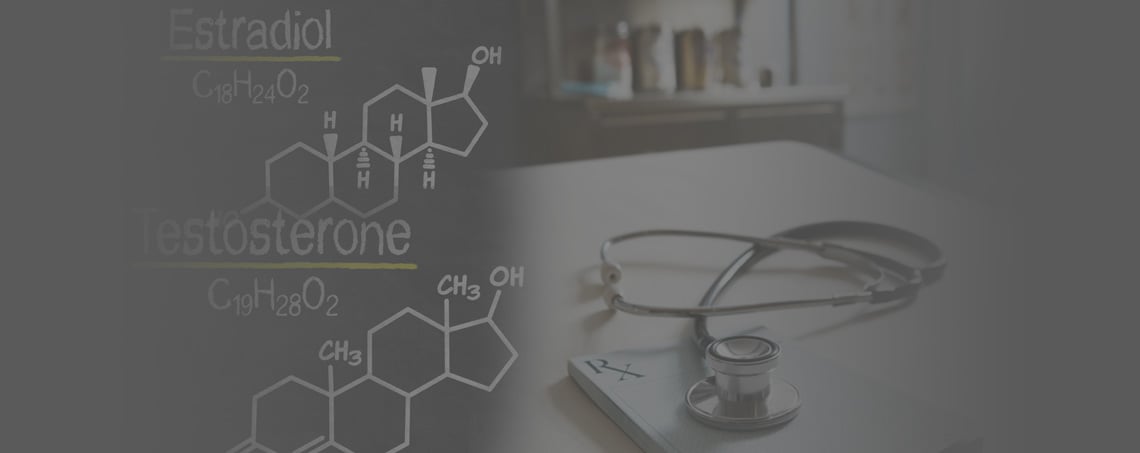What Is Diabetes?
Do you have diabetes and wondering what's going on with your body? What is diabetes? Is it a problem with insulin or is it a problem with glucose? In this video we look at this question, what is diabetes. I will also explain a simple model to help you better understand what's going on in your body when you have diabetes.
If you want to understand what is diabetes, keep reading.
What Is Diabetes?
By definition diabetes is elevated glucose or blood sugar above what the given reference range is. This can be measured in a fasting state, a fed state and even through the hemoglobin A1C. We won't go into the reference ranges here since they're pretty well defined by the American Diabetes Association and elsewhere. We know that if you are above that range, you have diabetes. What we want to look at in more detail is what is actual diabetes. What causes diabetes is too little insulin or too little insulin sensitivity at the tissue or cellular level. These two statements around insulin basically tell us what is type 1 diabetes (too little insulin) and what type 2 diabetes (too little insulin sensitivity).
In addition, a newer paradigm is starting to emerge where people with type 1 diabetes also have some degree type 2 diabetes. In addition, some people with type 2 diabetes also have some degree of type 1. What happens is those with type 1 diabetes that have it for a long time can get resistant to the insulin. They are putting insulin in your body multiple times a day to mimic the natural process of your pancreas. In doing this, you can get excess amounts of insulin present. Over time that higher amount of insulin can lead to some levels of insulin resistance.
Those with type 2 diabetes can also develop type 1. The higher blood sugar level can damage the pancreas and lead to a decrease in insulin production. So this is how we think about diabetes and how we define diabetes. What is it really though, what is diabetes? In order to explore this more, we really need to look at and understand what insulin is doing. What is insulin's role in diabetes?

The Role of Insulin In Diabetes and Glucose Control
It turns out that insulin is one of the key variables in the process of diabetes. Most cases of diabetes are type 2. There are certainly plenty of people with type 1, but the vast majority have type 2. With type 2 diabetes, it develops from this lack of insulin sensitivity at the tissue level. The role of insulin is to increase tissue uptake of the glucose. Insulin binds to the receptor and causes these secret doors (in the cell), that are otherwise going to be closed, to open up. It does this in the muscle, in the liver, and in the fat cells. All cells can uptake glucose. Some tissues are more sensitive and more likely to take up more, like the liver and muscle. In people with type 2 diabetes, due to genetics or environmental things, their tissues stop responding to the insulin.
The insulin binds but the glut 4 transporter (secret door) no longer opens. When this occurs your blood glucose goes up. The pancreas is where your insulin is produced. It does this in response to higher blood glucose levels. The pancreas has a little sensor. When it sees higher glucose, it produces more insulin to drive the glucose into the cell. Therefore, when the tissues stop responding to the glucose, the pancreas says, "looks like we need to produce more insulin." Because the blood sugar stays high, it produces more insulin. Eventually some of the tissues will respond. Some will respond more than others. The glucose will go into the cells given enough insulin. This process of needing higher insulin in the presence of the same glucose load is insulin resistance. Let's say (hypothetically speaking) in a normal person you need ten units of insulin to get one hundred grams of rice into your tissues. For the insulin resistance person you may need twenty five units of insulin for that same one hundred grams of rice. This is just a hypothetical example but gives you the idea. The insulin resistant person needs more than the normal reference range would expect of insulin to get the glucose into the normal range. The pancreas produces more insulin when it sees that the blood sugar is not going down. Over time the higher amounts of insulin won't be enough to get that glucose in either. This manifests as higher blood sugar and this might start showing up on your labs. It does not show up the same for everyone though. It could show up as high fasting glucose or high hemoglobin A1C. Other times it will be high glucose in a fed state. The question we want to ask is what's causing this cell not to respond to the insulin? What's causing this not to open up?
The molecular mechanisms behind this is very complex because there's lots of research on this. We won't go into too much detail on those here. What I do want to share with you is a very simple model that helps predict what is diabetes and how your body respond in different scenarios when you have diabetes. At least it helps for those with type 2 diabetes. This doesn't necessarily apply for those with more purely type 1 diabetes.
A Model for What Is Diabetes
If we look at this from an individual cell or tissue level, the model of insulin resistance and diabetes is too much fuel for the capacity of the cell to handle. The Glut 4 transporter will not open when it's overfilled with this carbohydrate. It's like the glucose is causing a backlog. In fact, there's so much fuel available, it's interfering with the metabolism or breakdown of the carbohydrates in the cell. We know this because people with diabetes and insulin resistance have elevated NADH to NAD ratios. That NAD is one of the cofactors needed in order to break down pyruvate. Pyruvate is a breakdown product of glucose. When there's not enough NAD present, it's not going to be broken down into smaller and smaller carbon units and turn into energy (ATP). Basically it just sit there. Eventually some of it gets turned into fatty acids and even gets exported out of the cell into adipose tissue. What we also know about this NADH/NAD ratio is that when you fast the amount of NAD goes up and the amount of NADH goes down. This is more favorable to opening up the Glut 4 transporter. When you are fasting your body is getting rid of the excess glucose. You are able to get rid of the glucose and turn it turning it into energy. When this happens people become more sensitive to the insulin again.
That should give you a better understanding of what is diabetes. If you have questions about the content in this article, please ask it in the comment section below.
If you want a customized plan on controlling your diabetes and blood sugar, click in the link below to get started.

















